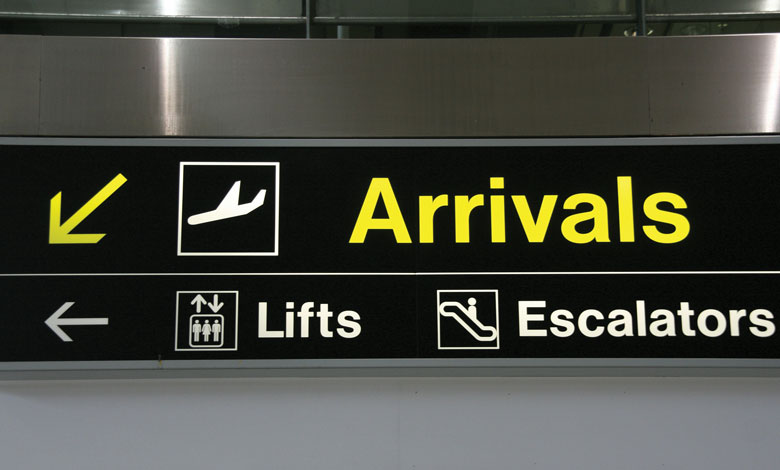New migration strategy

The newly-published National Asylum and Migration Management Strategy sets out a new framework for handling migration and asylum under the EU Pact on Migration and Asylum.
Produced under EU Regulation (EU) 2024/1351, the strategy is designed to “deliver a fair, efficient, and sustainable model of accommodating applicants” while ensuring Ireland meets its obligations under the new EU Pact on Migration and Asylum.
The pact is aimed at creating a common European system for migration and asylum across EU member states. It seeks to balance two main objectives:
- Efficiency and control of migration flows (including irregular migration); and
- Ensuring the protection of rights for those in need of international protection. The pact entered into force on 11 June 2024, with the bulk of the legislative instruments scheduled for application by mid-2026.
The Department of Justice, Home Affairs and Migration, which led the strategy’s development, describes the plan as a “comprehensive framework for asylum and migration management in Ireland”. It highlights declining international protection applications in 2025 and emphasises that migration is essential to “deliver economic growth and jobs, and to raise living standards”.
At its most forward-looking, the strategy acknowledges that “migration remains central to sustaining our economy and public services”. Legal migration and talent attraction feature prominently, with new schemes such as the Seasonal Employment Permit and participation in the SUSTAIN Europe and STEP programmes. These initiatives aim to create, in the Government’s words, “mutually beneficial partnerships that support migrants who may alternatively have taken irregular routes”.
The plan also commits to addressing the weaknesses of Ireland’s asylum infrastructure. A new Comprehensive Accommodation Strategy seeks to move “away from reliance on private providers, with a scaling up of state-owned accommodation at its core”, targeting a 35,000-bed capacity by 2028.
Oversight is to be strengthened through a proposed Chief Inspector of Asylum Border Procedures, empowered to “inspect asylum border facilities, investigate potential breaches of fundamental rights, and deal with complaints”.
However, much of the strategy’s energy remains directed toward control and compliance. It promises to “continue to increase returns through aligning with EU law” and to “arrange more enforced returns, including through new charter flights”. Integration, meanwhile, is deferred to a separate forthcoming migration and integration strategy, leaving gaps in social policy coherence.
The strategy clearly is aimed at appealing to anti-immigration sentiment among parts of the general public and is symptomatic of a government which is walking the tightrope between not calling immigration a crisis while also failing to outline immigration as a defining and positive feature of modern Ireland.
The challenge ahead lies not only in managing migration effectively, but in realising the strategy’s implicit recognition that mobility, far from a threat, is “an essential underpinning” of Ireland’s economic and social future.





